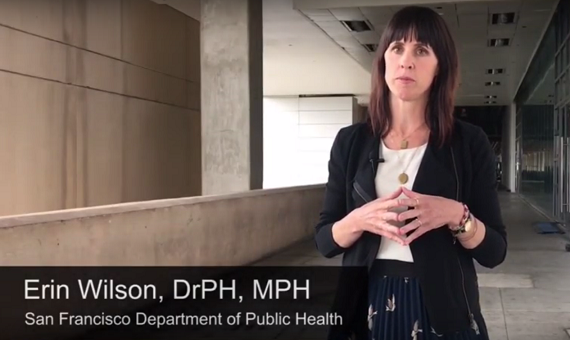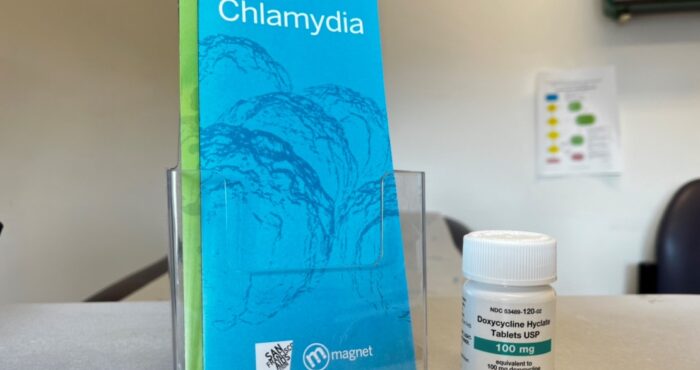High HIV incidence rate among young, Latinx trans women in SF study
In a recently published report in JAIDS, Willi McFarland, MD, PhD and colleagues describe HIV seroconversion trends among trans women in San Francisco from 2017 – 2019 collected in the TransNational Study. Young trans women (aged 18 – 24) had a significantly higher HIV incidence, as did Latinx trans women and trans women of color.
“Perhaps the most disheartening finding is the elevated HIV incidence among young trans women,” the authors said. “The nearly four-fold higher incidence among transgender youth predicts a continuing high burden of infection for years to come.”
“San Francisco is a small city with a lot of services for trans folks,” said Erin Wilson, DrPh, MPH, who reported some results from the study at IAS 2019. “This substantial transmission continues despite unparalleled access to gender-affirming medical procedures and social services.”
The TransNational Study enrolled a total of 415 HIV-negative trans women, with 377 completing the 18-month study. Over the course of the study, participants received HIV testing, referrals to PrEP, and referrals to HIV care (for those who tested positive during the study). There were eight seroconversions that occurred over the course of the study, for an overall incidence rate of 1.3 per 100 person years (py).
The trans women who seroconverted were significantly more likely to be young, identify as Latinx or a trans woman of color, have a history of incarceration, and be without health insurance.
Young trans women ages 18 – 24 had an HIV incidence rate significantly higher than trans women who were older (3.7 per 100 py versus 1.2 per 100 py). Latinx trans women (2.6 per 100 py) and trans women of color (2.2 per 100 py) had significantly higher incidence rates than white trans women. Trans women who had been incarcerated (2.3 per 100 py) and those without health insurance (5.8 per 100 py) also experienced higher HIV incidence rates.
“Structural factors disproportionately affecting trans women of color are also tied to poor HIV care outcomes and suboptimal access to HIV prevention use,” the authors said. “Such risks are exacerbated in our city, which has wide disparities in wealth, housing and employment opportunities.”
Reference
McFarland, W. and colleagues. High HIV Incidence Among Young and Racial/Ethnic Minority Transgender Women in San Francisco. JAIDS, May, 2020.











